
Believe it or not, beef is not what’s for dinner. Chicken has been making a steady rise since the 1940s and has since become the most available source of meat for U.S. consumers. The U.S. Department of Agriculture (USDA) projects 98.6 pounds of chicken will be consumed per person in 2023, compared with 55.8 pounds of beef per person.
This should come as no surprise, considering chicken is a low-fat protein source. It supplies all essential amino acids for supporting lean muscle mass, plus key nutrients choline, zinc, magnesium and iron. Best of all, chicken can adapt to almost any recipe.
So, what’s the beef with chicken?
Chicken is a vulnerable meat that requires careful preparation and handling. Home cooks should be aware of the following kitchen errors. These common mistakes could leave you with an unsavory supper, or worse — a bad stomach bug.
1. Cooking cold chicken
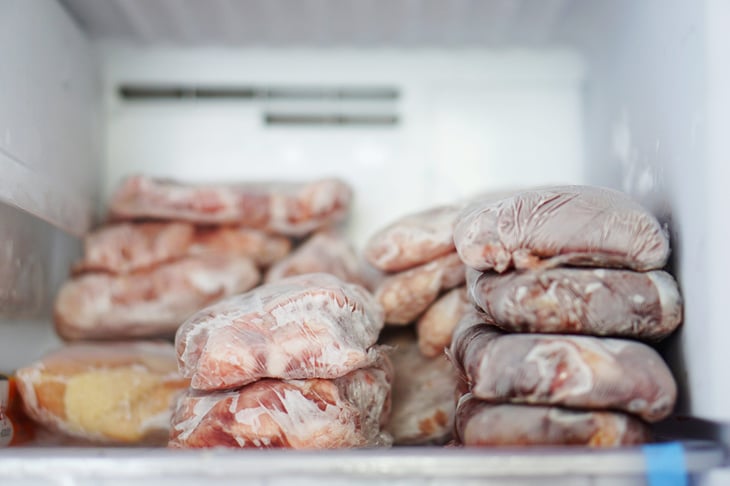
When recently thawed chicken goes straight from the refrigerator to a hot cooking surface, the internal and external temperatures may be drastically different. This results in uneven cooking.
Instead, let thawed meat sit on the counter for approximately 15 minutes before you’re ready to start cooking. This brings the chicken to room temperature, ensuring it cooks more evenly once it does hit the heat.
Note: It is a mistake to leave uncooked chicken on the counter for longer than 15 minutes. More on this later.
2. Moving or flipping too frequently
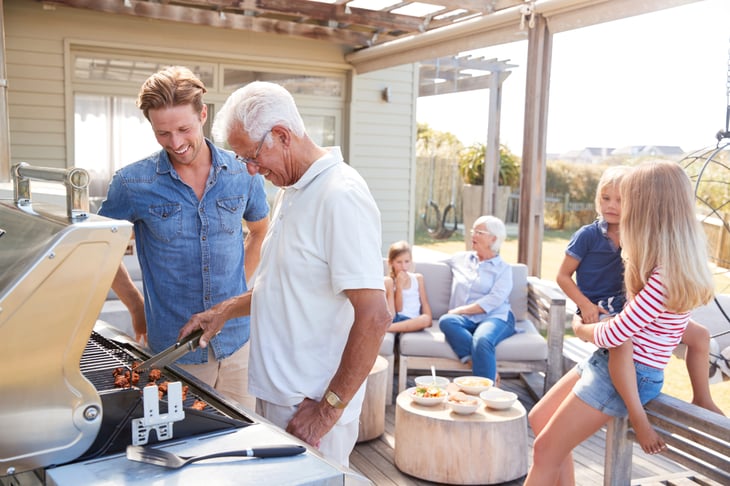
Chicken may need a lot love and attention, but it does not need to be stirred up like pasta noodles. Flipping chicken on the grill too early can leave a layer of crust on your grates, because it wasn’t cooked through yet. Unfortunately, the same thing can happen on the stovetop, too.
Give the chicken a solid five to seven minutes of cook time on one side before flipping or tossing around. Then, give it another five to seven minutes before touching it again. This kind of patience will spare you the burnt edges and give you a nice, golden-brown cook.
3. Not brining chicken before you cook it
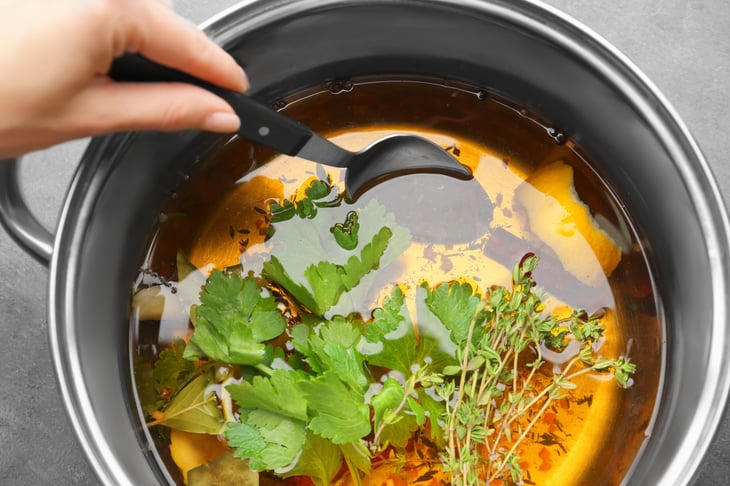
My husband makes the juiciest roasted chicken breast you’ve ever eaten. His secret? Brining.
To brine the meat, he soaks the raw chicken in a cold bath of salt, water and spices. This tenderizes the meat, while infusing it with flavor. Brining is especially effective for high-heat cooking, such as frying, smoking or roasting.
Try it for yourself, and I promise you’ll never have another dry piece of chicken again.
4. Baking low and slow
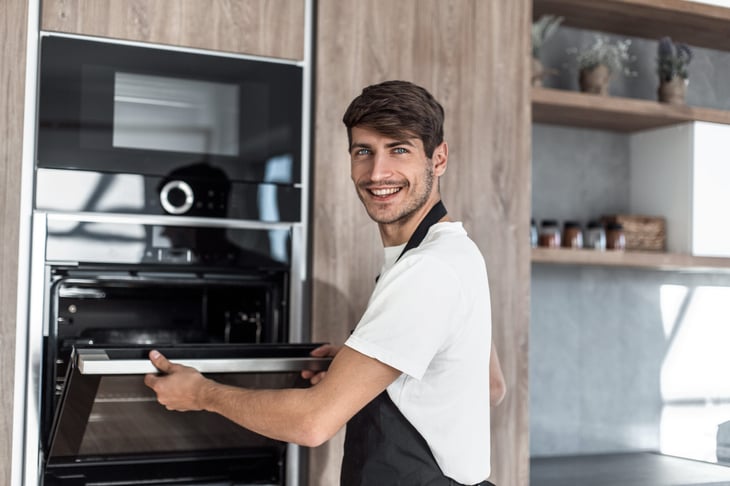
Another surefire way to prevent bone-dry chicken is to bake it at a high temperature for a short amount of time. Preheat your oven to somewhere between 375 and 400 degrees Fahrenheit for the best results.
The length of time, however, will vary depending on the size and form. Boneless, skinless chicken breasts take about 20-25 minutes, while a whole chicken can take up to 90 minutes. The USDA offers approximate cooking times for various types of chicken.
5. Undercooking
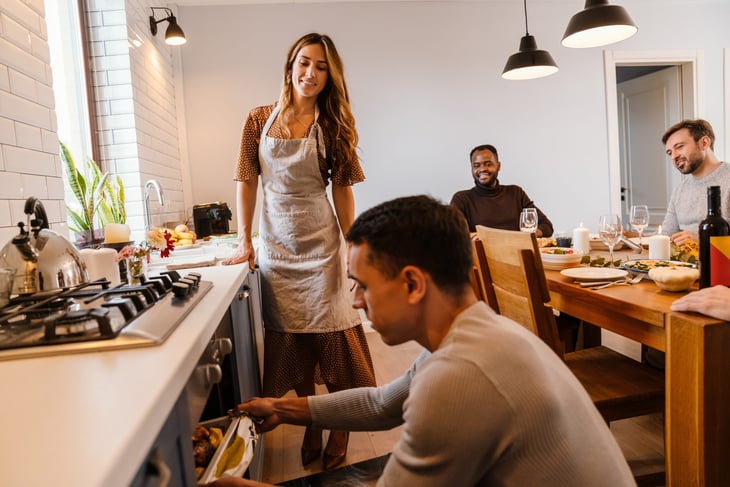
No matter how loudly those stomachs are growling, you cannot rush a good meal. Undercooked chicken can be contaminated with Campylobacter, Salmonella or Clostridium perfringens – common disease-causing bacteria.
Food poisoning from these pathogens is easily preventable with a little patience and the right tools. “Cook all chicken to a minimum internal temperature of 165 degrees Fahrenheit, as measured by a food thermometer,” advises Rainville, professor and graduate coordinator of the Human Nutrition Program at Eastern Michigan University.
The worst thing you can do is guess the temperature based on the coloring or texture. Invest in a reliable meat thermometer to keep you and your loved ones safe.
6. Using the same cutting board and utensils for everything
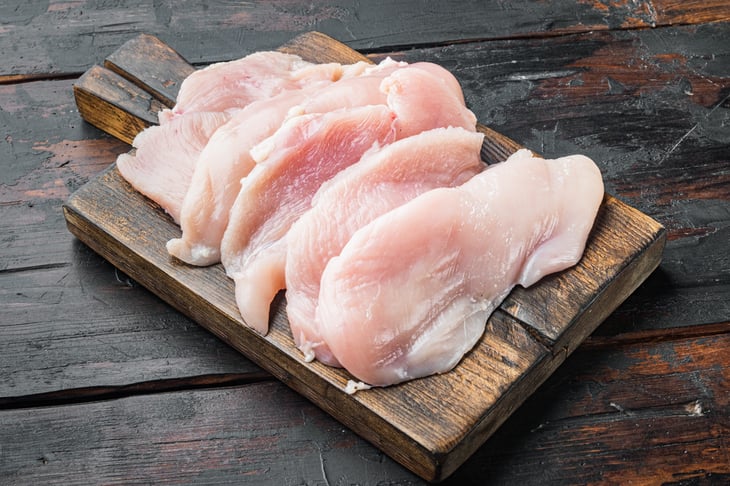
No one wants a pile of dishes to clean. But using the same cutting board to pound chicken cutlets as you do to chop tomatoes increases the risk of cross-contamination. Cross-contamination is when bacteria and germs from one food end up on another. The USDA points out that “most foodborne illness outbreaks are the result of contamination from food handlers.”
Be sure meat, dairy, fruits, vegetables and bread all have separate cooking surfaces and utensils. Color-coded cutting boards and knives can help keep your kitchen organized and your food safe. Also, don’t forget to thoroughly wash your chef tools with soap and hot water between uses.
7. Washing or rinsing chicken
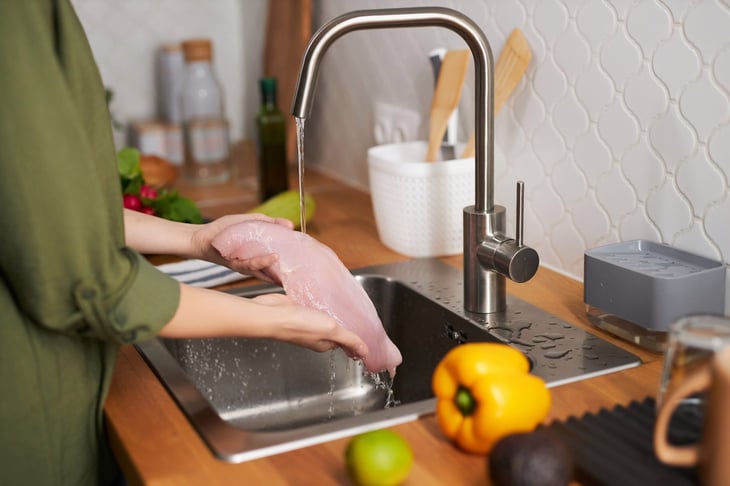
I’ll be the first to admit raw chicken is not the most pleasant food to handle. It can be slimy and slightly bloody, which is why you might be tempted to give it a rinse under running water.
However, “chicken should not be rinsed before cooking,” says Rainville. Washing raw chicken can spread bacteria to your sink or counters.
8. Leaving chicken on the counter to thaw or marinate
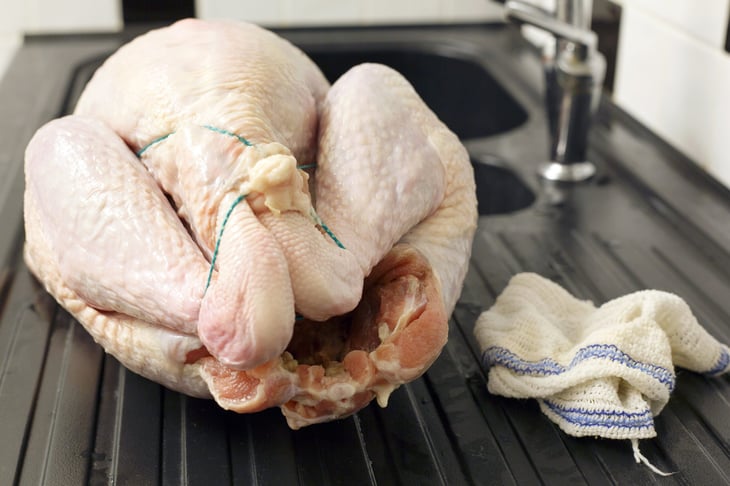
After brining or marinating chicken, be sure it goes back in the refrigerator until you’re reading to cook it. Room temperature chicken on your kitchen counter can become a breeding ground for harmful bacteria if left out for too long. (Stick to the 15-minute rule.)
This is the same reason thawing frozen chicken on the counter is unsafe. While you might get dinner on the table a few minutes faster thawing at room temperature, you might also quickly make your diners sick. (Besides, if you have a counter-surfing dog like I do, chicken won’t last five minutes there, anyway.)
Rainville adds, “If transporting raw chicken for a cookout, use ice or cold packs to keep it below 40 degrees Fahrenheit.” The temperature danger zone is between 40 and 140 degrees Fahrenheit, where bacteria are more likely to thrive.
9. Putting chicken on the wrong shelf
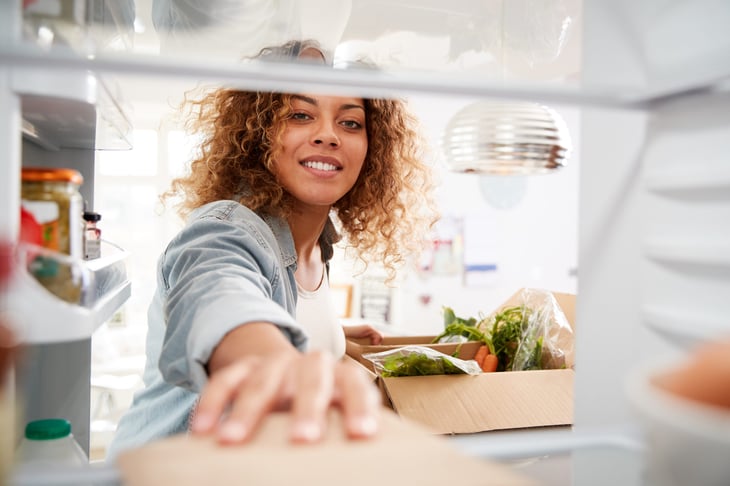
The National Restaurant Association has proposed the proper order to store food in the refrigerator, based on best safety practices. Logically, the same food storage safety tips can be used at home.
The recommendation is to put all whole and ground poultry on the bottom shelf in the refrigerator. Another tip Rainville adds, “be sure raw chicken is wrapped securely to prevent juices from cross-contaminating ready-to-eat food.”
10. Skipping the deals
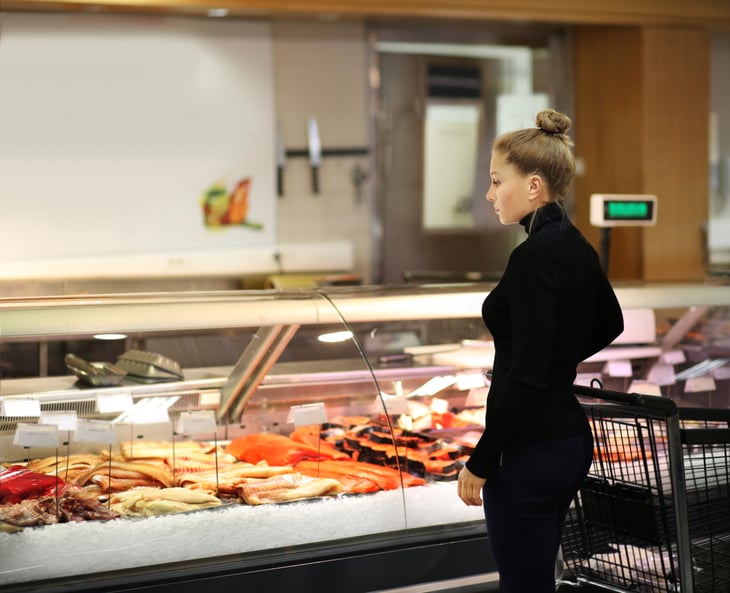
There are so many ways to save on chicken. Sometimes just selecting a different type of chicken can mean money in the bank. For instance, “frozen chicken breasts are often less expensive [than fresh],” says Rainville. She also suggests watching for sale prices in your grocery store’s weekly ad.
Tech-savvy shoppers should download their favorite store’s smartphone app. Many grocers offer exclusive savings through their own app or through a rebate app, like Ibotta.





Add a Comment
Our Policy: We welcome relevant and respectful comments in order to foster healthy and informative discussions. All other comments may be removed. Comments with links are automatically held for moderation.